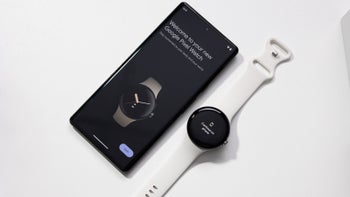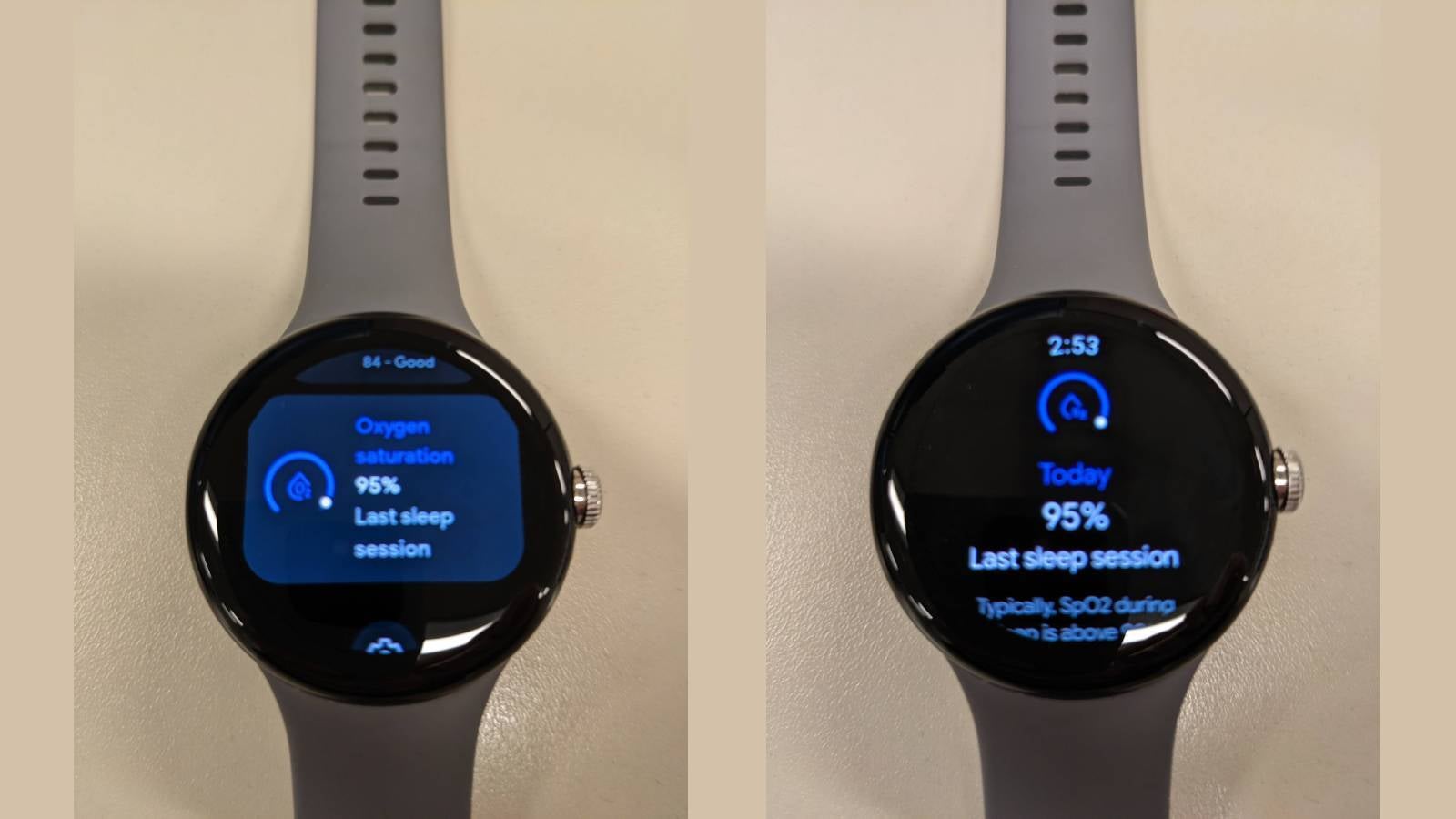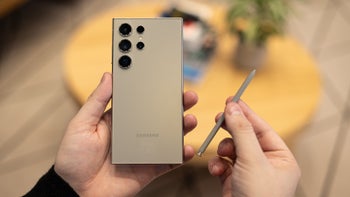Pixel Watch users relieved to find a vital feature that was not there at launch

Apple, Samsung, Fitbit, and Garmin's best smartwatches can measure your blood oxygen saturation (SpO2) levels. The Google Pixel Watch also has a blood oxygen sensor but the functionality was disabled at launch. That looks to be changing now.
According to some posts on Reddit (via 9to5Google), the SpO2 tracking feature has been enabled on some Pixel Watch units. Previously, the watch only let users measure the estimated oxygen variation (EOV), which is an indirect estimation of the changes in blood oxygen saturation levels. The Heart Metrics dashboard used to say that the SpO2 feature was not available for the watch.

The Pixel Watch previously didn't have the SpO2 tracking feature
Oxygen saturation is a measure of oxygen that red blood cells carry through the body relative to the red blood cells that do not carry oxygen. The human body needs a certain level of oxygen in the blood to function properly and efficiently. It is displayed as a percentage level and anything above 92 percent is considered normal.
It's a more precise and reliable measurement of oxygen levels than EOV. Smartwatches and health trackers calculate it by shining a light onto the skin. In hospitals, a small clip-like device called the pulse oximeter is placed on a fingertip to measure blood oxygen levels.

The Pixel Watch's blood oxygen sensor finally put to good use
Some Reddit users say that a new "Oxygen saturation" card has appeared below the Sleep score in their Pixel Watch's Fitbit Today app. It shows a percentage for the "Last sleep session." Tapping on it explains what the score means.
The rollout appears to be slow, which explains why a very small number of people have received the functionality. Regardless, it's great news for Pixel Watch owners.
Blood oxygen saturation levels can help assess sleep quality and detect issues like sleep apnea. During waking hours, it could sniff out possible respiratory issues.
It is important to note that smartwatches cannot replace medical diagnosis and should only be used for general well-being and fitness tracking.










Things that are NOT allowed: